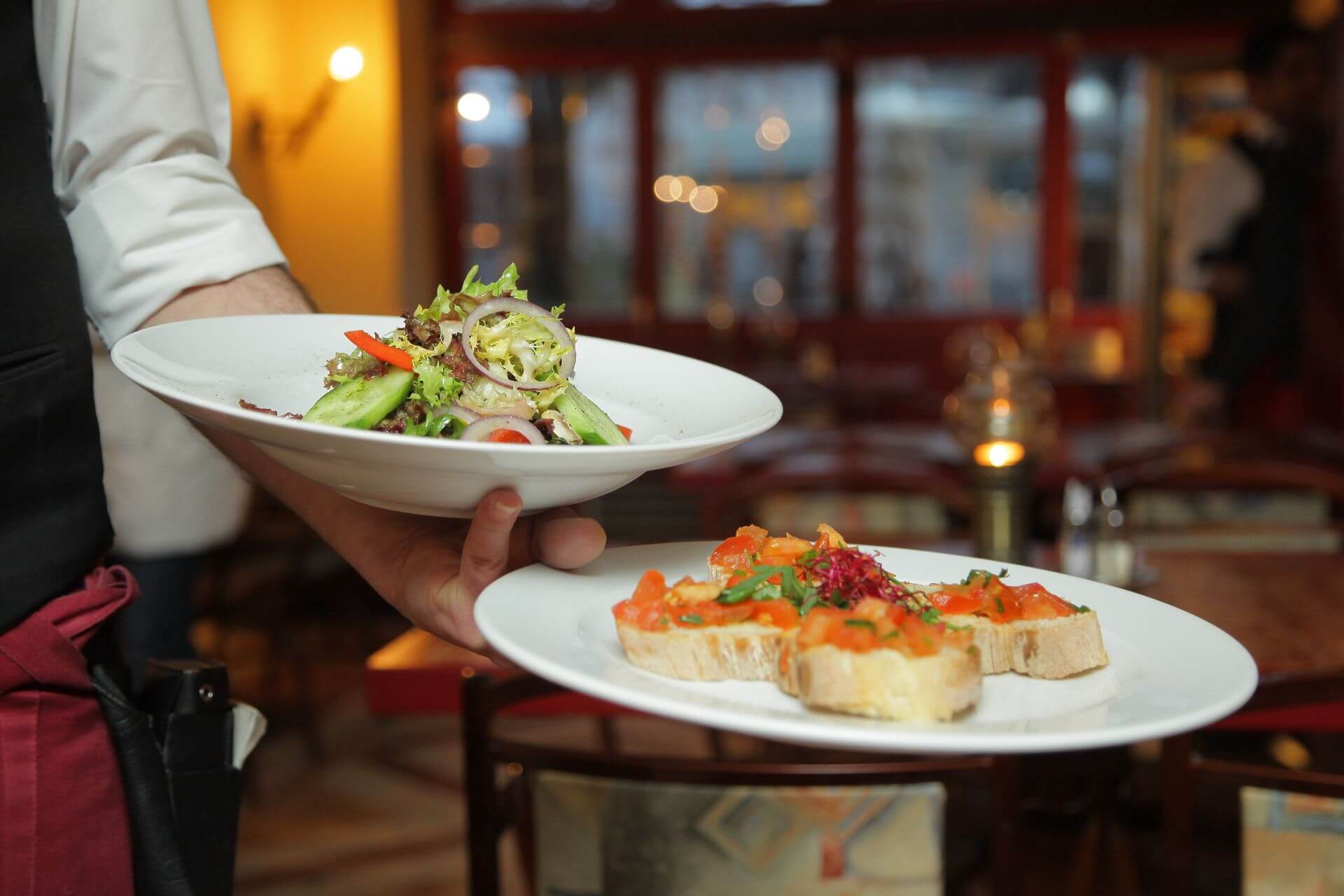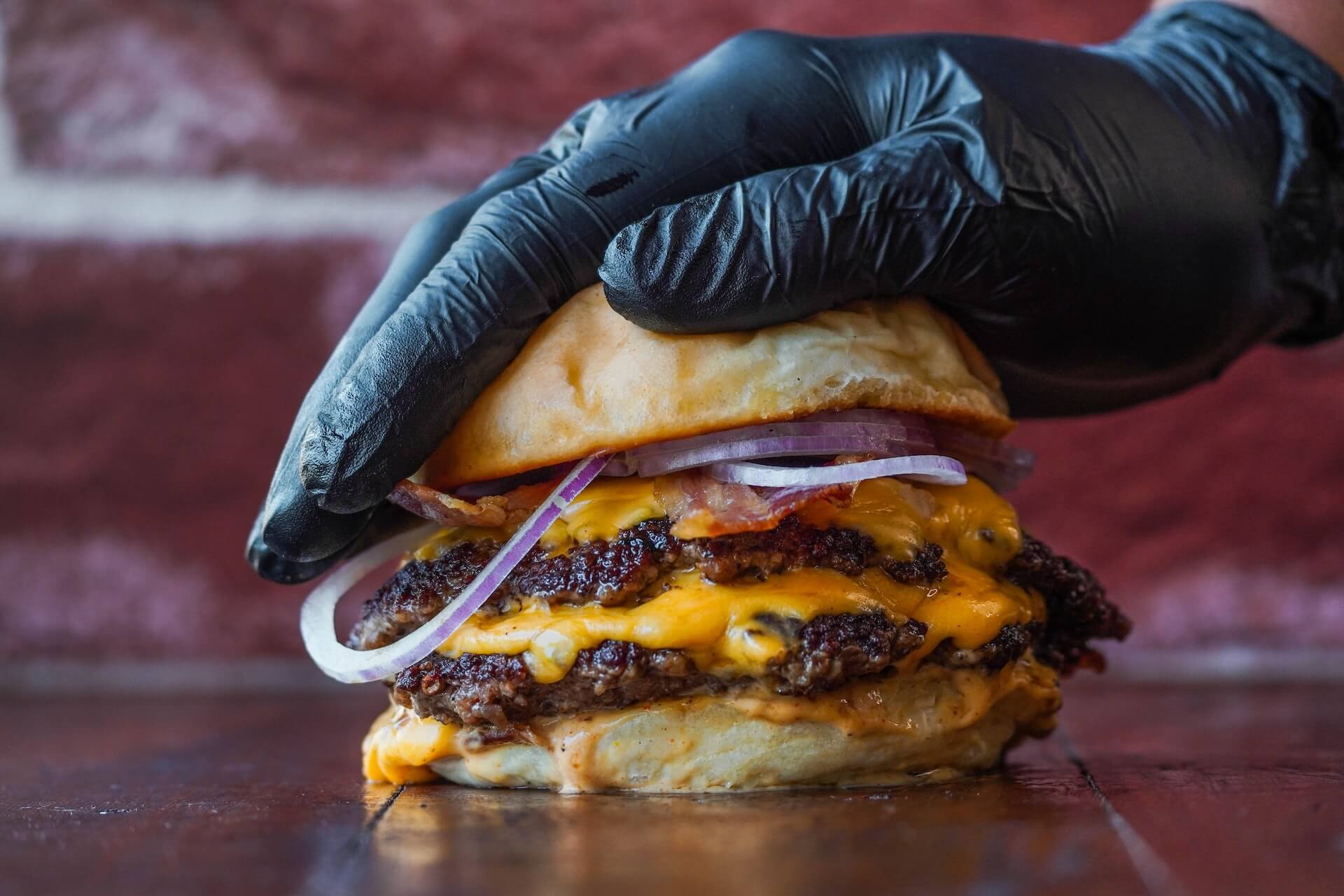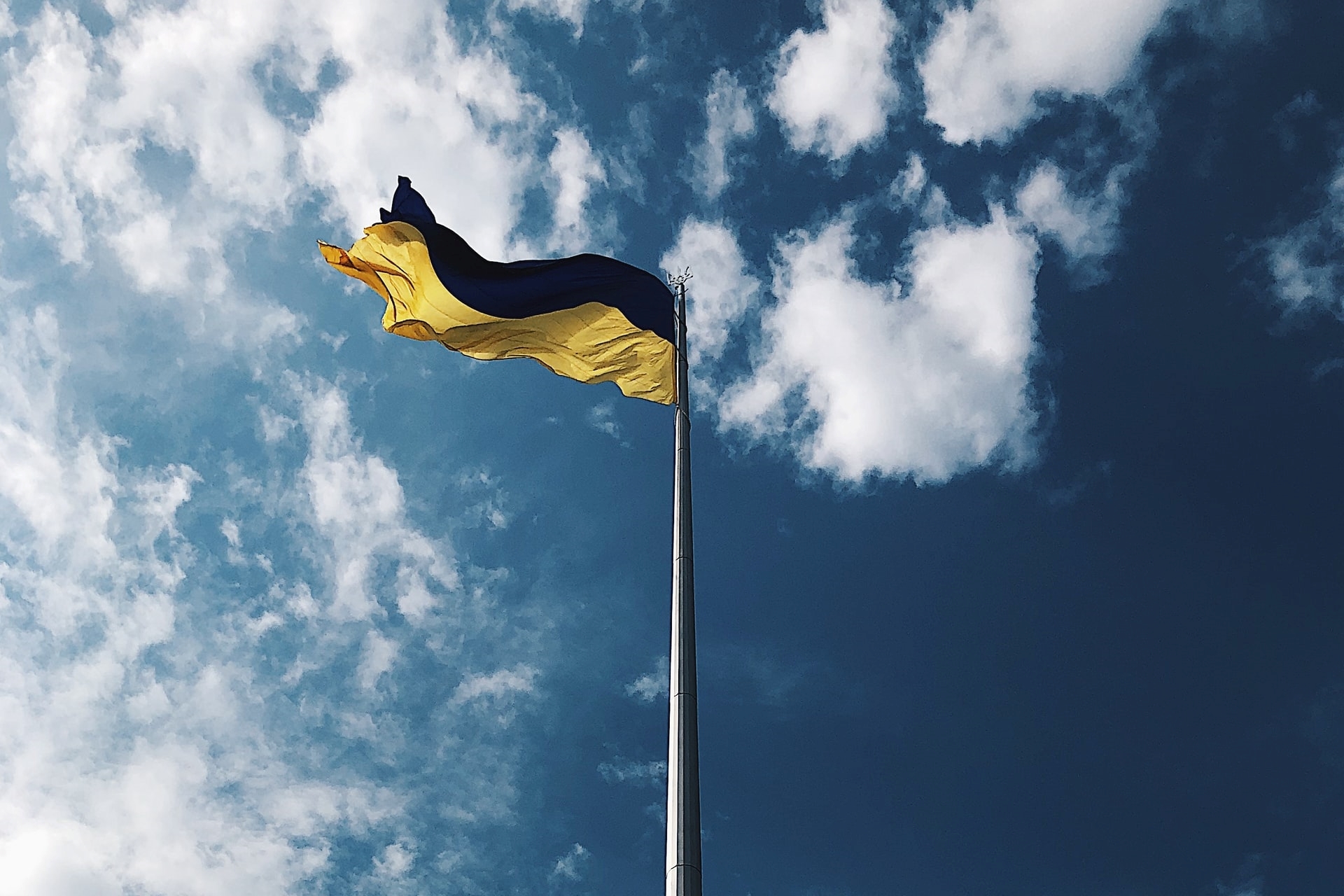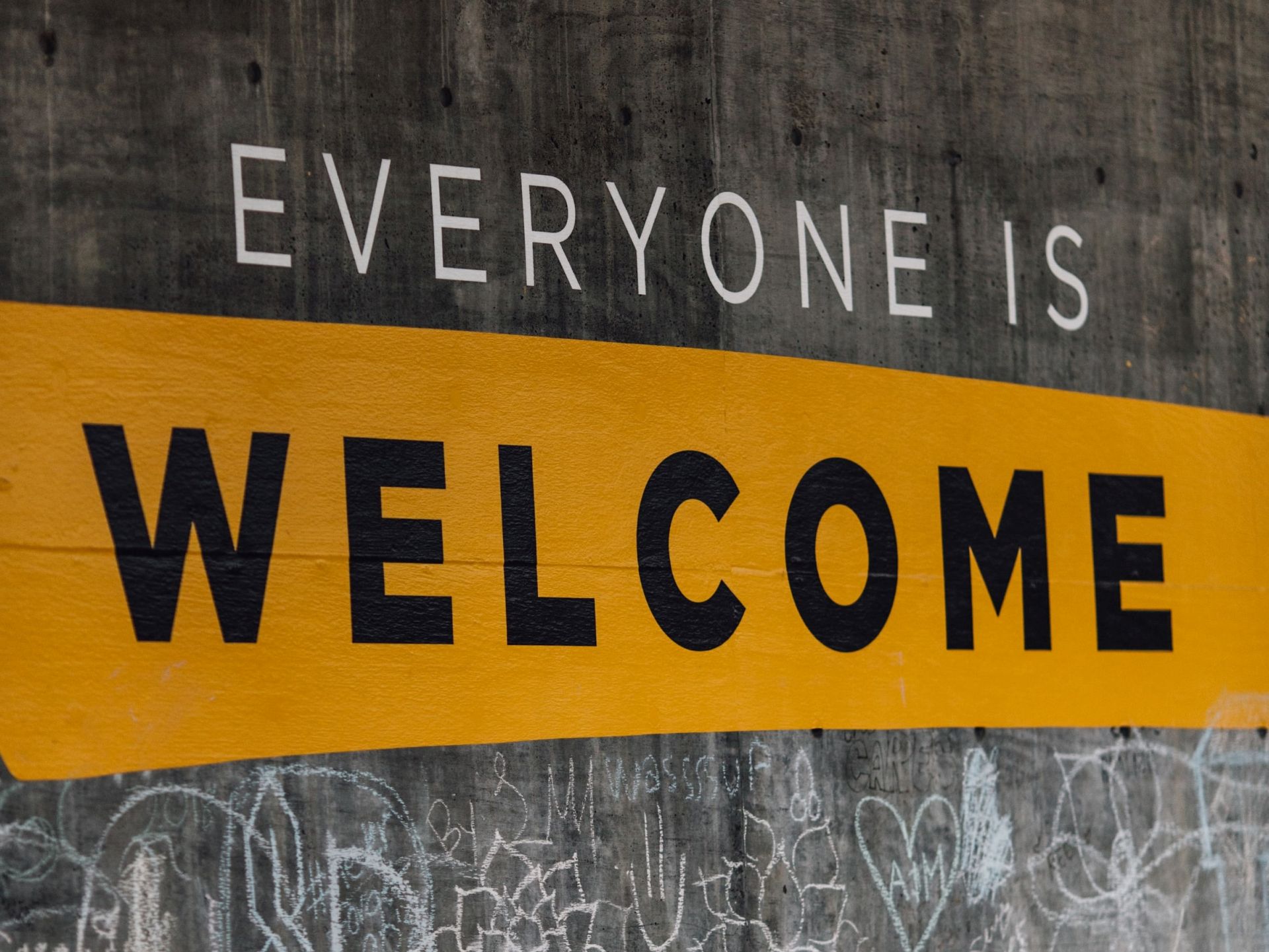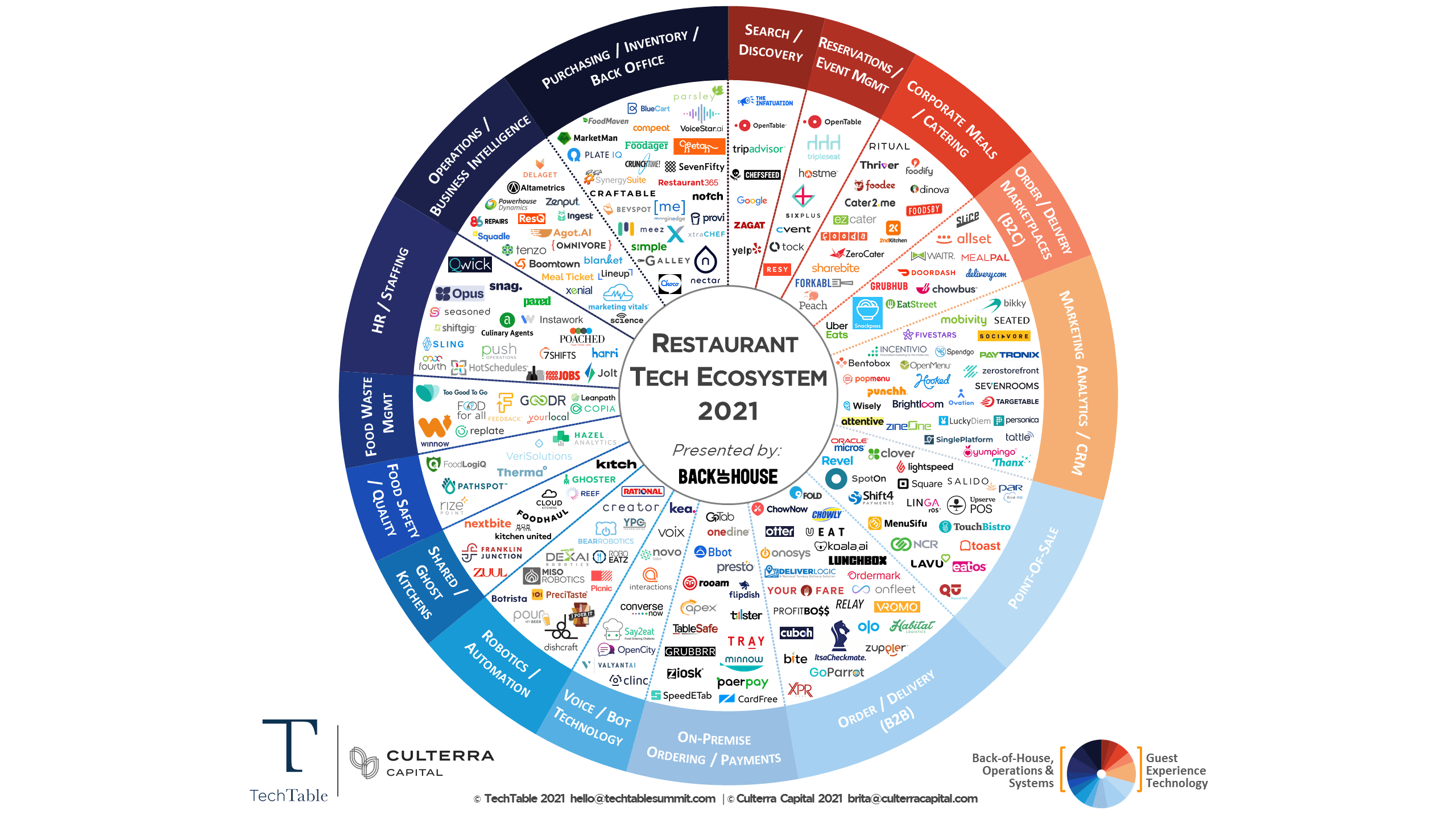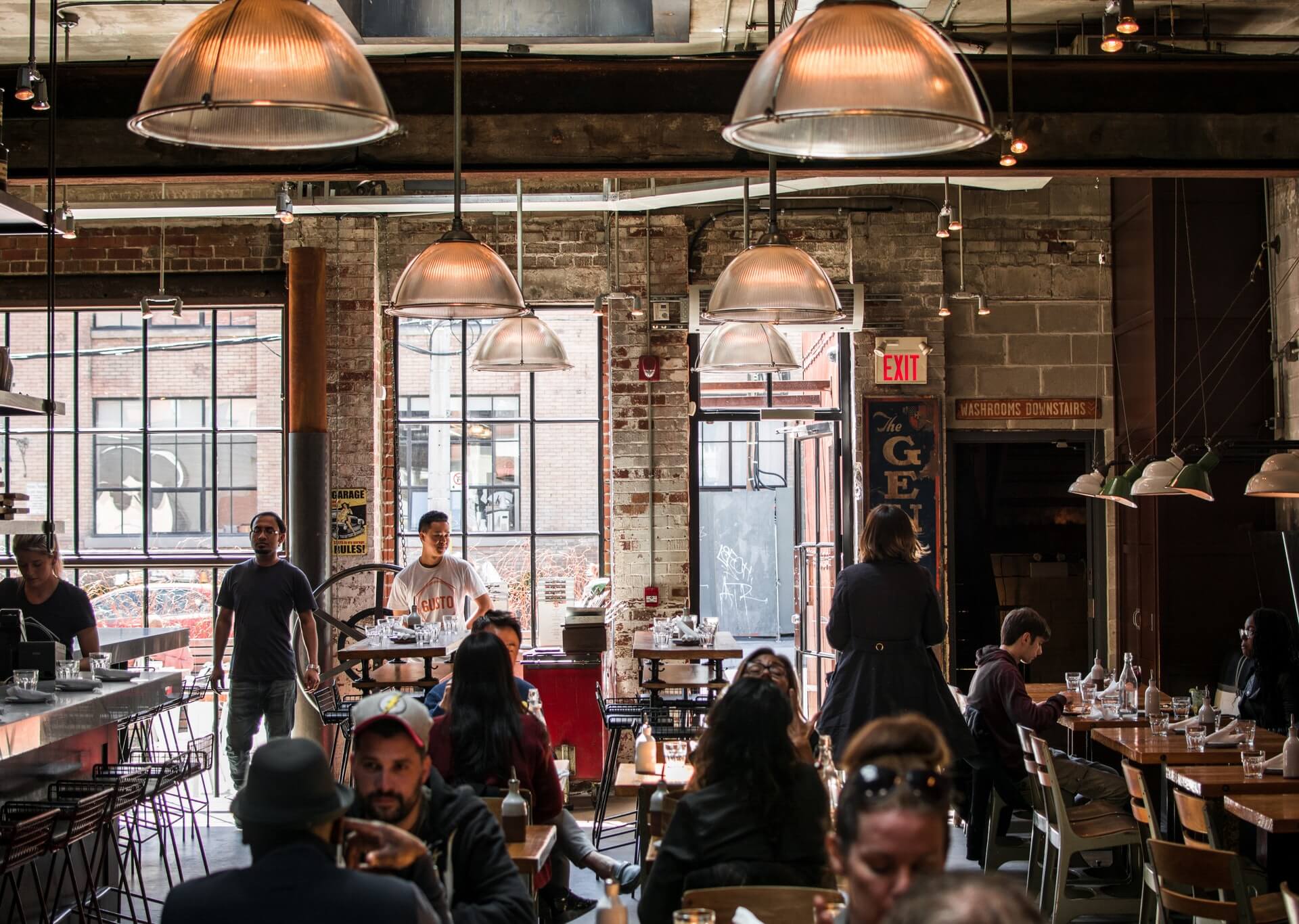WSWA Presents Cannabis Regulation Plan to Congress
by David Klemt

The Wine & Spirits Wholesalers of America are making their support for federal adult-use cannabis legalization and regulation known.
In summary, the WSWA is urging Congress to treat cannabis in a similar manner to alcohol. Impressively, the organization is doing more than just imploring members of Congress to legalize and regulate adult-use cannabis.
Rather, the WSWA is showing their commitment by doing much heavy lifting. Click here and you’ll find the WSWA Principles for Comprehensive Federal Legalization and Oversight of the Adult–use Cannabis Supply Chain. This is a comprehensive document that serves as a framework for the federal government to take action.
“The time has come for Congress to legalize and regulate adult-use cannabis at the federal level,” says Francis Creighton, CEO and president of the WSWA. “The success of our alcohol regulatory system offers a proven model for cannabis regulation, one that will promote public health and safety as well as a fair and competitive marketplace.”
Why Does the WSWA Care About Cannabis?
It’s clear when reading the WSWA letter to Congress and the organization’s framework document that they anticipate this question.
In a letter to House Speaker Kevin McCarthy, Majority Leader Charles Schumer, Minority Leader Hakeem Jeffries, and Minority Leader Mitch McConnell, the WSWA lays out precisely why they’re addressing federal legalization and regulation:
“I am writing to you today to announce that we at the Wine & Spirits Wholesalers of America (WSWA) believe the time has come for Congress to legalize and regulate adult–use cannabis at the federal level.
“We have reached this position because the current conflict between state and federal law is not only causing adverse consequences for consumers and non–consumers of cannabis but will also have long–term public health and safety costs that are too great to ignore. Twenty–one states and the District of Columbia — representing roughly half the U.S. population — have already legalized adult–use cannabis, yet the markets in these states remain illegal under federal legislation. This conflict undermines the rule of law and weakens public health and safety, while leaving states unsupported in their efforts to create safe, regulated markets and eliminate dangerous black–market activity.”
What Does the WSWA Want?
Essentially, the WSWA wants the US government to apply the same principles of federal beverage alcohol regulation to adult-use cannabis:
- Award permits to cannabis producers, testing facilities, importers, and distributors;
- approve and regulate cannabis products;
- collect federal excise tax efficiently and effectively; and
- implement effective public safety measures.
To that last point, the WSWA calls for the development of “a reliable standard for all types of impaired driving, similar to blood alcohol concentration.” In other words, a BAC equivalency for cannabis.
Of course, I don’t think I’m coming to any groundbreaking conclusion in assuming the organization foresees financial benefits. Alcohol importers and distributors, for example, know how to maneuver through the red tape of federal regulation already. And they’re well positioned to apply for permits, should they be allowed to handle both alcohol and cannabis.
This is an interesting development, one that many will support. The WSWA makes a compelling point. Additionally, providing framework is a wise strategic move.
However, we’re in highly partisan, politically charged times. There’s no reason yet to assume Congress will take up federal legalization and regulation any time soon.
Image: Justin Aikin on Unsplash


